Experience the Wonders of Xihoudu Ruins: A Window into China’s Past
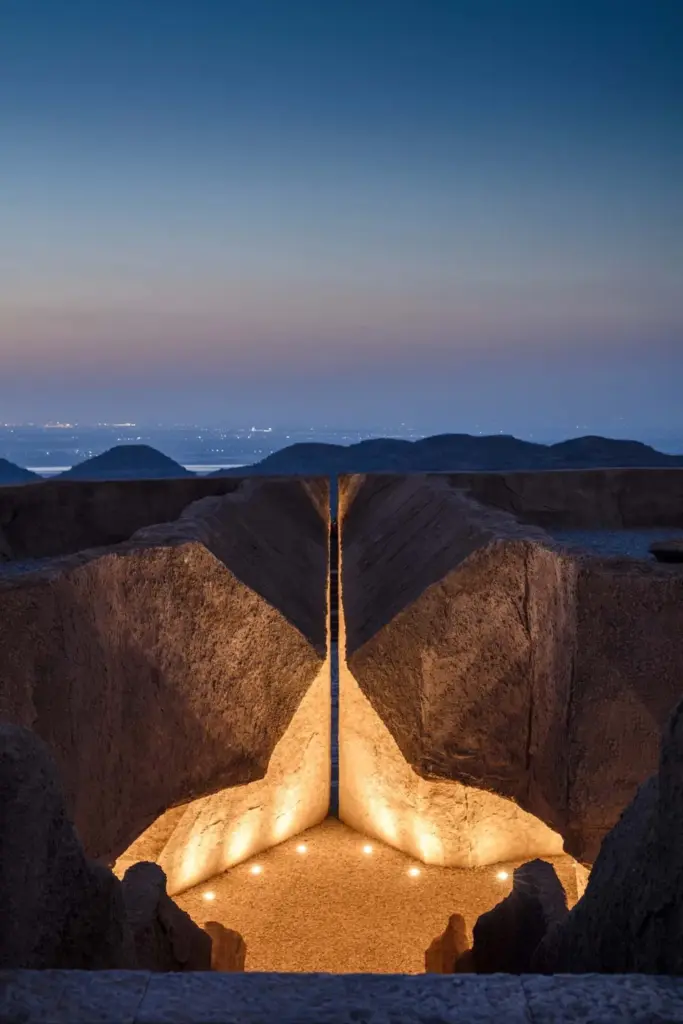
An Essential Guide to Visiting Xihoudu Ruins
In This Guide
- An Essential Guide to Visiting Xihoudu Ruins
- The Rich History and Legends of Xihoudu Ruins
- Main Highlights: What You Absolutely Can’t Miss
- Planning Your Visit: A Practical Guide
- Tickets: Prices, Booking, and Tips
- How to Get There: A Complete Transportation Guide
- Local Cuisine and Accommodation Nearby
- Frequently Asked Questions
- Final Thoughts on Your Trip
Unveiling the Secrets of Prehistoric Civilization
Nestled in the remote hills of Shanxi Province, the Xihoudu Ruins (西侯度遗址) stand as a testament to humanity’s earliest achievements and the dawn of civilization. This remarkable archaeological site, often referred to as the “Holy Fire Lit Place,” offers an extraordinary glimpse into a time when our ancestors first harnessed the power of fire—an event that fundamentally transformed human existence. Discovered in 1959, the Xihoudu Ruins are not just a historical landmark; they represent a pivotal moment in our evolutionary journey, marking a significant shift in how early humans interacted with their environment.
With its breathtaking location overlooking the Yellow River and the breathtaking Zhongtiao Mountains, a visit to the Xihoudu Ruins is both an adventure and a profound historical exploration. The site is renowned for its groundbreaking discoveries—prehistoric animal bones bearing scorch marks and primitive stone tools that could date back more than 2.4 million years. These findings challenge conventional narratives about human origins, suggesting that the roots of civilization may extend far deeper into the past than previously imagined.

Xihoudu Ruins.
For the intrepid traveler, the journey to Xihoudu is a perfect blend of natural beauty and profound history. A day trip from the ancient city of Xi’an transports you to a world where the echoes of our ancestors resonate through the landscape. With modern facilities including a museum enriched with multimedia presentations and guided tours, Xihoudu makes the prehistoric past accessible and engaging.
Whether you are a history buff, a lover of nature, or simply seeking an off-the-beaten-path experience, the Xihoudu Ruins promise a captivating adventure that connects you to the very essence of what it means to be human. Prepare to step back in time, witness the birthplace of fire, and marvel at the resilience and ingenuity of our ancestors in this extraordinary part of China.
The Rich History and Legends of Xihoudu Ruins
The Xihoudu Ruins, nestled in the remote landscapes of Shanxi province, are a treasure trove for those fascinated by the early chapters of human history. This archeological site, with its remarkable findings, is not merely a collection of ancient artifacts; it stands as a testament to the dawn of civilization, where the mastery of fire and the creation of tools marked humanity’s first steps toward progress.

Xihoudu Ruins.
A Glimpse into Prehistory
Discovered in 1959, the Xihoudu Site quickly gained significance when excavations revealed evidence that may redefine our understanding of human origins. Among the most astonishing discoveries are burnt animal bones, which have been carbon-dated to be between 1.8 million to over 2.4 million years old. This makes Xihoudu potentially the earliest known site of human use of fire. The ability to control fire not only provided warmth and protection but also opened avenues for cooking and social gatherings, fundamentally altering the course of human evolution.
In addition to these findings, archeologists unearthed primitive stone tools made from quartzite and volcanic rock, some of which might be the oldest man-made tools ever found. This dual discovery of fire and tools at Xihoudu suggests that this site could be a pivotal birthplace of human civilization, challenging the long-held belief that such advancements originated exclusively in Africa.
The Environment of Xihoudu
During the time of these early humans, the climate at Xihoudu was significantly more temperate than today, fostering a rich ecosystem teeming with flora and fauna. The landscape was likely home to prehistoric giants, including saber-toothed elephants and giant beavers, providing a vivid backdrop for the activities of our ancient ancestors.
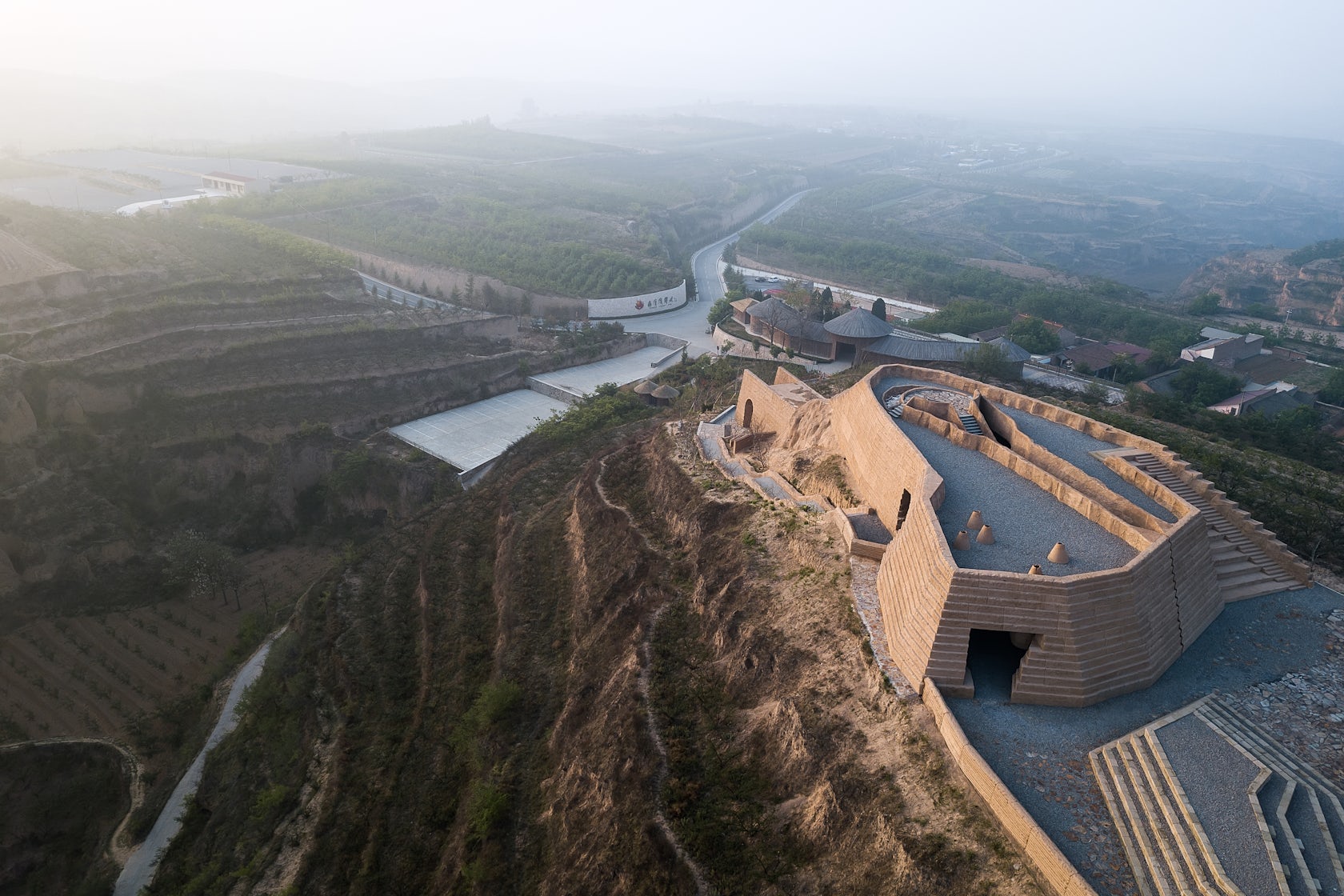
Xihoudu Ruins.
Legends and Cultural Significance
Beyond its archeological importance, the Xihoudu Ruins are steeped in local lore and cultural significance. Known as the “Holy Fire Lit Place,” the site has become a symbol of enlightenment and the human spirit’s triumph over the elements. Various legends have emerged around the site, often attributing divine significance to the discovery of fire, a gift from the heavens that allowed humanity to thrive.
The site is also linked to the National Youth Games held in 2019, where a torch-lighting ceremony at the Sacred Fire Plaza celebrated the spirit of competition and unity, echoing the ancient reverence for fire as a life-giving force. The artistic installations that now adorn the site, including a striking flame sculpture named “Tianhuotai,” serve as both a nod to the past and an inspiration for future generations.
Visiting the Xihoudu Ruins
For international travelers venturing to this historic site, the journey is as rewarding as the destination. Accessible via a two-hour drive from Xi’an, the remoteness of Xihoudu adds to its allure, offering a glimpse into a world where the echoes of our ancestors still resonate. The newly built museum at the site enhances the visitor experience, showcasing replicas and original artifacts while employing augmented reality to bring history to life.
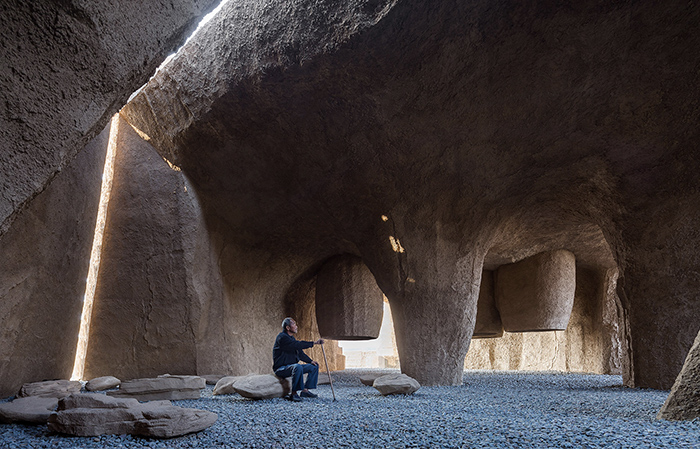
Xihoudu Ruins.
In Summary:
- Historical Significance: Site of the earliest known human use of fire and potential oldest tools.
- Rich Ecosystem: Once home to prehistoric megafauna, providing a vibrant environment for early humans.
- Cultural Heritage: Celebrated as the “Holy Fire Lit Place,” symbolizing enlightenment and unity.
- Modern Accessibility: A must-visit for those interested in the origins of humanity and ancient civilizations.
The Xihoudu Ruins are more than just a collection of stones and bones; they are a poignant reminder of where we came from and how far we have journeyed as a species. As you stand amidst the remnants of this ancient site, you cannot help but feel a connection to those who walked this land millions of years ago, forging the path of human history.
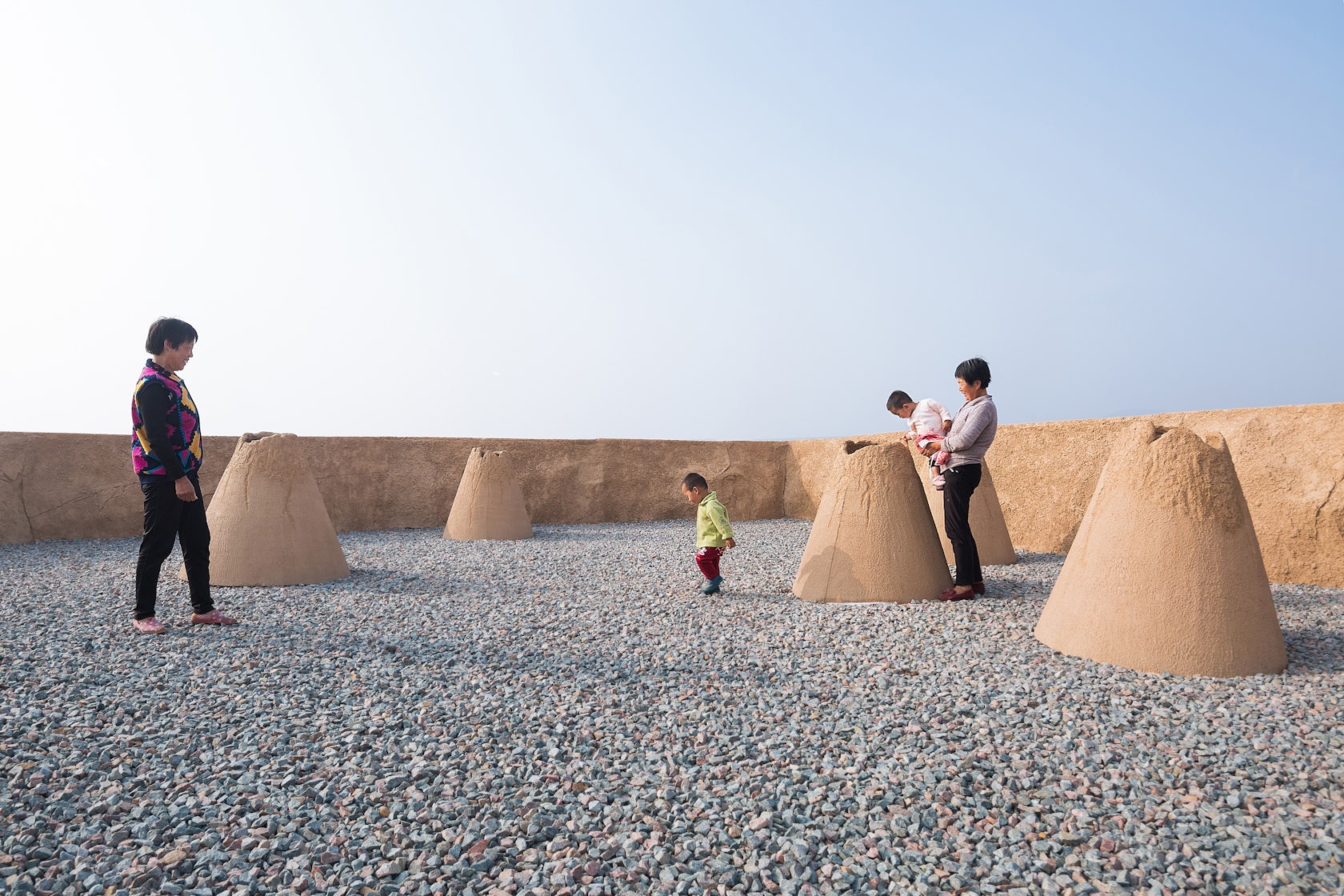
Xihoudu Ruins.
Main Highlights: What You Absolutely Can’t Miss
Unmissable Highlights of Xihoudu Ruins
Visiting the Xihoudu Ruins is a journey back in time, offering a glimpse into the dawn of human civilization. Nestled in the picturesque landscapes of Shanxi Province, this archeological site is not just a visual feast; it’s a profound historical experience. Here are the key highlights that every traveler should explore:
1. The Archeological Significance
The Xihoudu Site is celebrated as the earliest known site for the human use of fire, with evidence suggesting it dates back over 2.4 million years. The discovery of burnt animal bones and primitive stone tools here marks it as a pivotal point in human history, challenging previous notions of where civilization began. These findings provide a unique insight into the lives of our prehistoric ancestors and their survival skills.
2. The Museum Experience
Begin your visit at the Xihoudu Museum, established in 2013 to bring the discoveries of the site to life. The museum features a 380-square-meter exhibition hall showcasing both original artifacts and replicas. Here, you can marvel at:
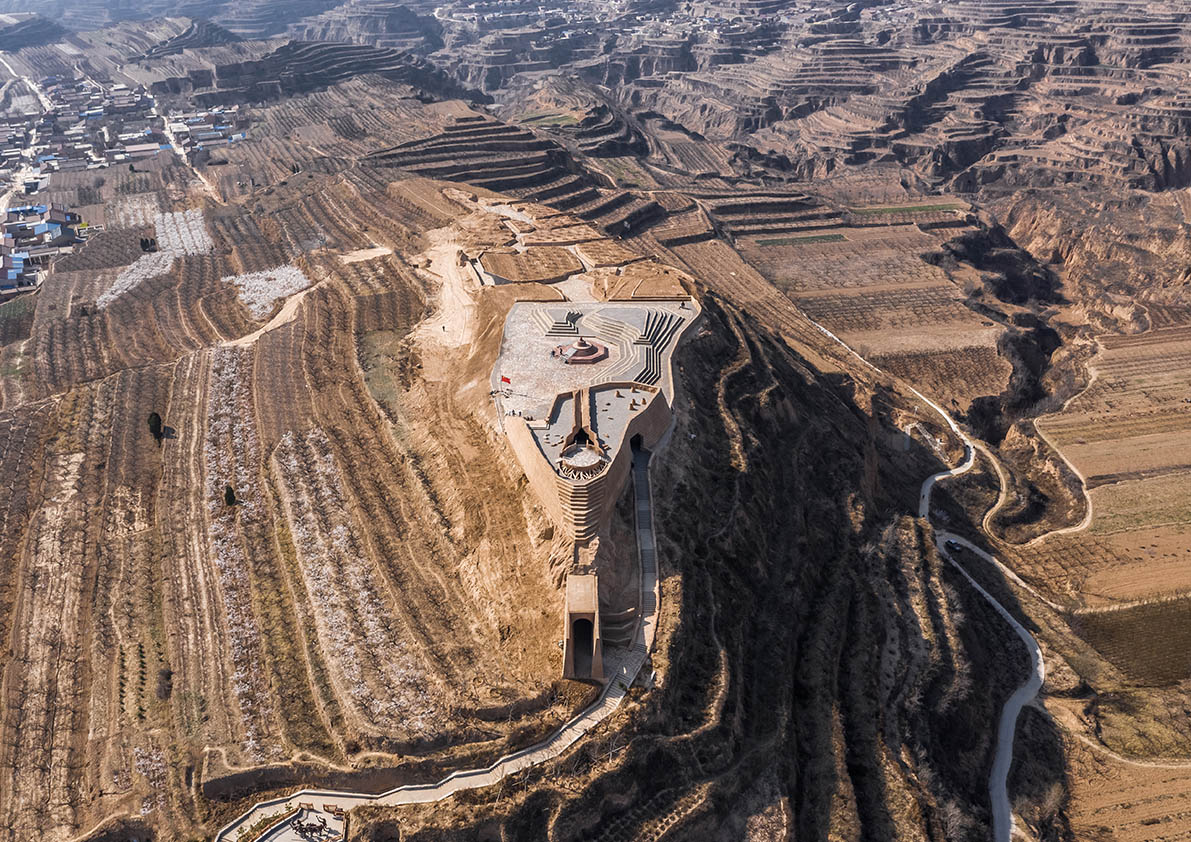
Xihoudu Ruins.
- Stone Tools: Examine the quartzite and volcanic rock tools that may be among the world’s oldest.
- Animal Fossils: Discover remains from various prehistoric species that once roamed this region, some with evidence of human interaction.
- Multimedia Displays: Engage with modern technology that enhances your understanding of prehistoric life through augmented reality and interactive exhibits.
For an enriched experience, consider hiring one of the museum’s knowledgeable guides who can provide deeper insight into the significance of the artifacts.
3. The Holy Fire Lit Place
After exploring the museum, ascend to the Holy Fire Lit Place, a beautifully designed hilltop area that blends architecture and nature. The site features:
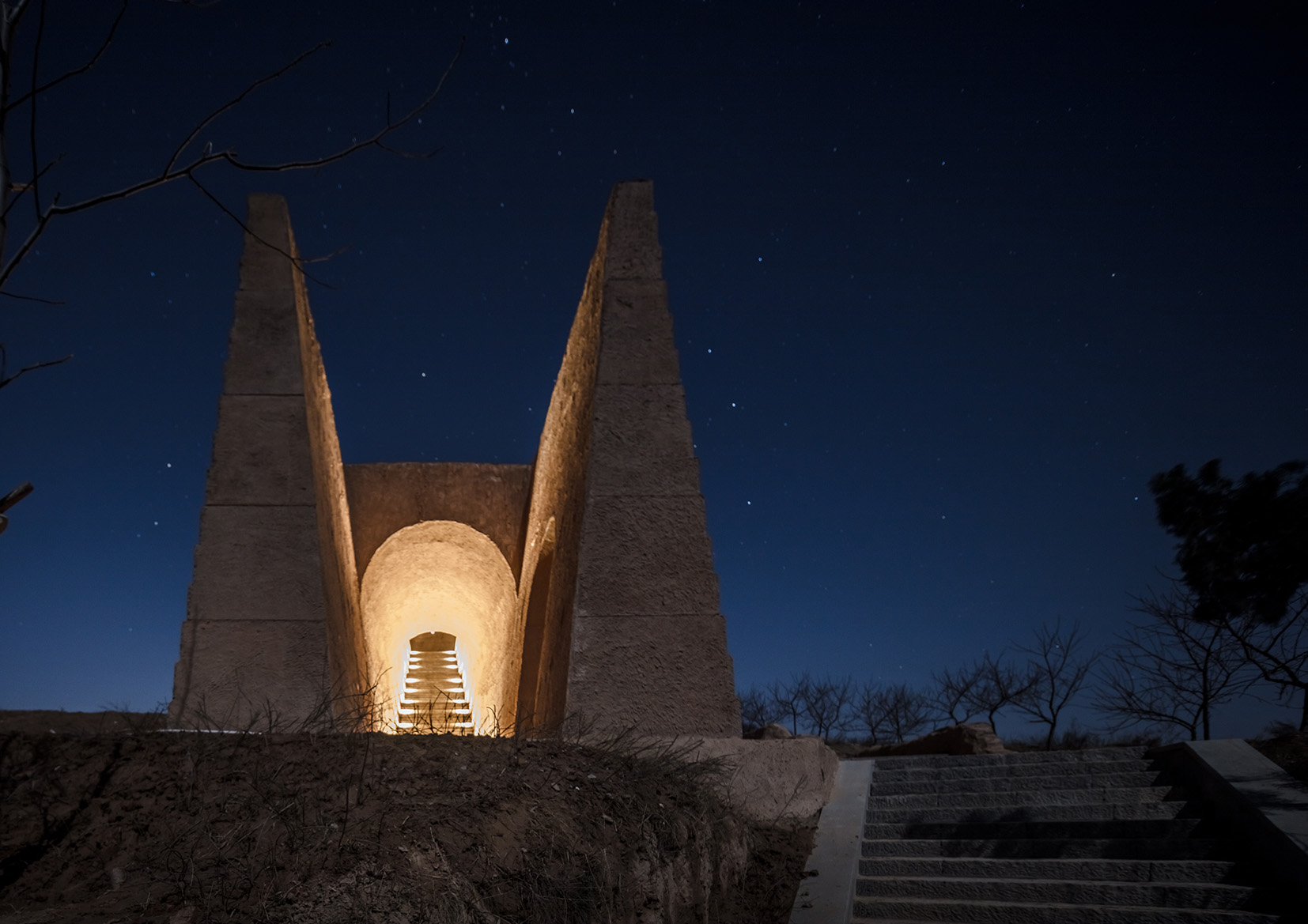
Xihoudu Ruins.
- Cave-like Exhibition Hall: This unique structure symbolizes the connection between humanity and fire, with light streaming through a narrow gap, creating an ethereal atmosphere.
- Viewing Platforms: Experience panoramic views of the Yellow River and the surrounding landscapes from several cantilever platforms. These vantage points are perfect for photography enthusiasts and offer breathtaking scenery, especially during golden hour.
4. The Sacred Fire Plaza
At the heart of the hilltop lies the Sacred Fire Plaza, a space dedicated to the Rite of Fire. This area is not only architecturally significant but also serves as a cultural hub for various events. Here, you can witness:
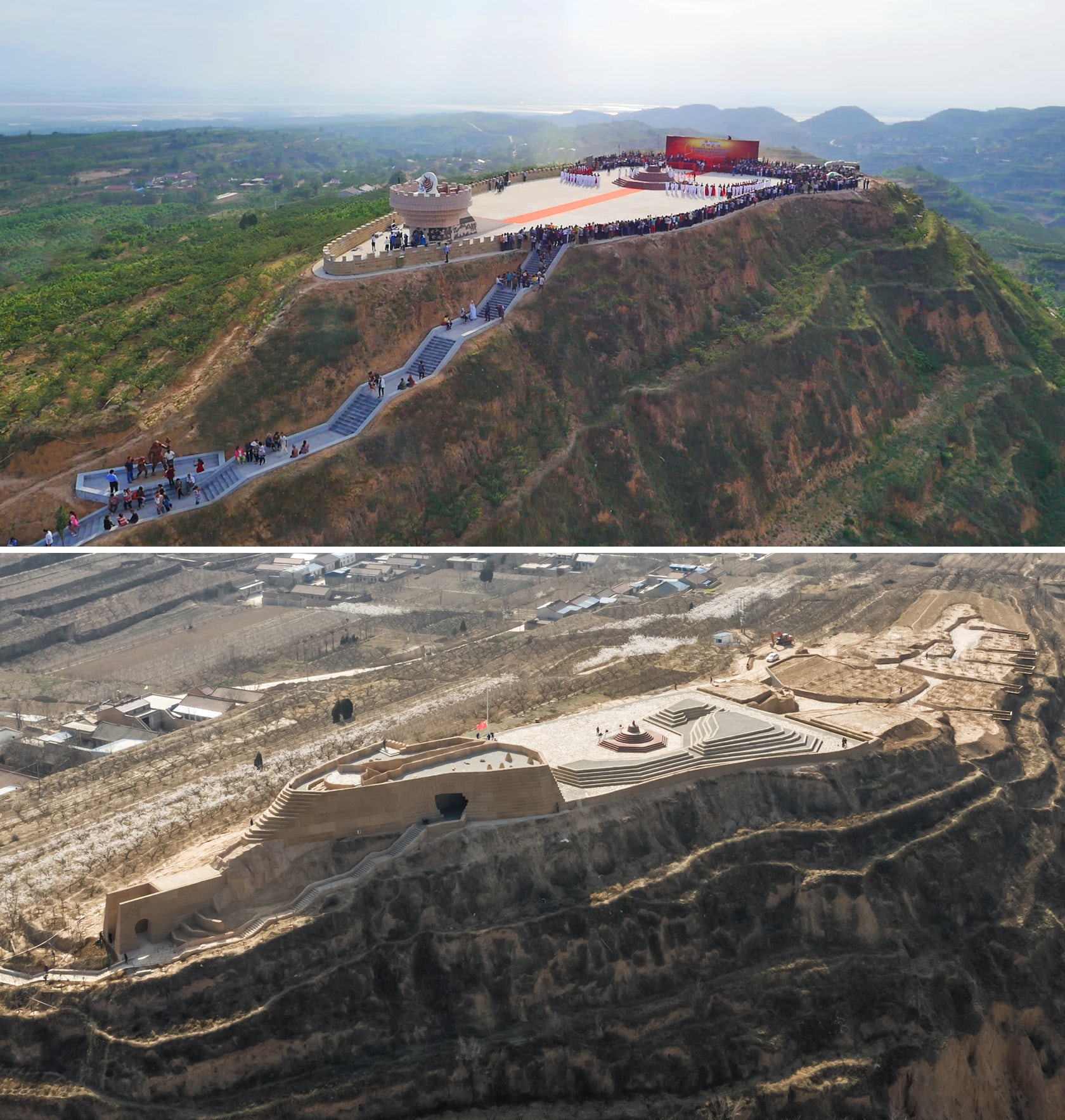
Xihoudu Ruins.
- Ceremonial Spaces: The plaza is designed for public events, including torch-lighting ceremonies, the most notable being for the 2019 National Youth Games.
- Symbolic Art Installations: A striking red sculpture named Tianhuotai stands as a testament to the site’s historical importance and the celebration of fire in human culture.
5. Scenic Trails and Natural Beauty
The Xihoudu Ruins are not just about history; they are also set in a stunning natural environment. As you explore the trails, you’ll encounter:
- Breathtaking Views: From various points along the trails, enjoy views of the Loess Plateau and the majestic Zhongtiao Mountains.
- Flora and Fauna: The area is rich in biodiversity, with opportunities to spot unique plants and wildlife that thrive in this picturesque setting.
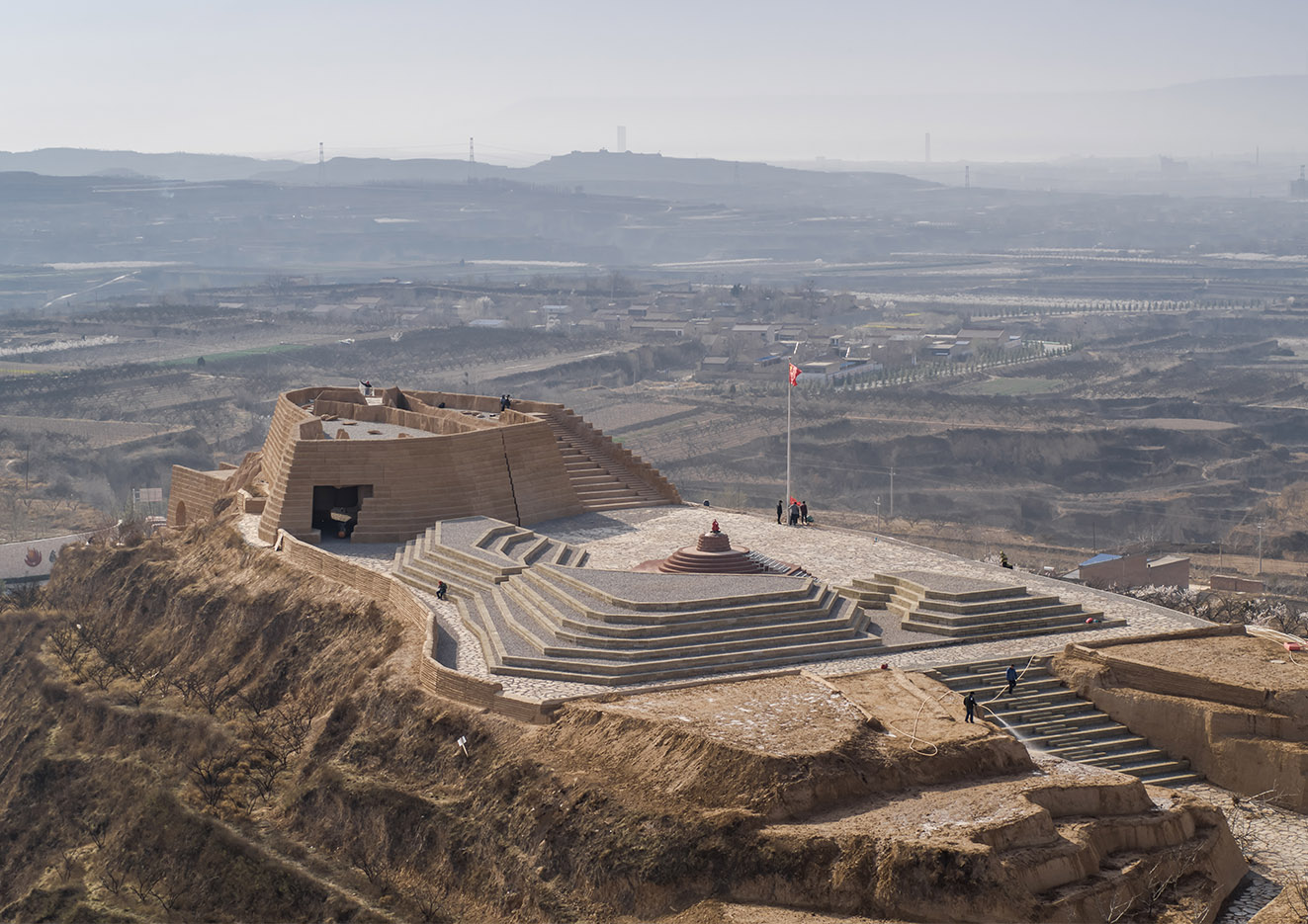
Xihoudu Ruins.
6. Accessibility and Practical Information
To make the most of your visit:
- Opening Hours: The site is open from 8 AM to 6 PM.
- Entrance Fee: A modest fee of 20 yuan grants you access to the site and museum.
- Getting There: While public transportation is limited, renting a car from Xi’an (approximately two hours away) is recommended for ease of access.

Xihoudu Ruins.
The Xihoudu Ruins offer a captivating blend of ancient history and stunning scenery. Whether you’re a history buff or a nature lover, this site promises an enriching experience that will deepen your appreciation for China’s profound historical tapestry. Don’t miss the opportunity to walk where our ancestors once tread and discover the beginnings of human civilization.
Planning Your Visit: A Practical Guide
Your Comprehensive Guide to Visiting the Xihoudu Ruins
Embarking on a journey to the Xihoudu Ruins (西侯度遗址) is an exciting opportunity to explore one of the world’s earliest sites of human civilization. Situated in the remote Shanxi province of China, this archaeological treasure offers a glimpse into our prehistoric past. Here’s everything you need to know to plan your visit effectively.
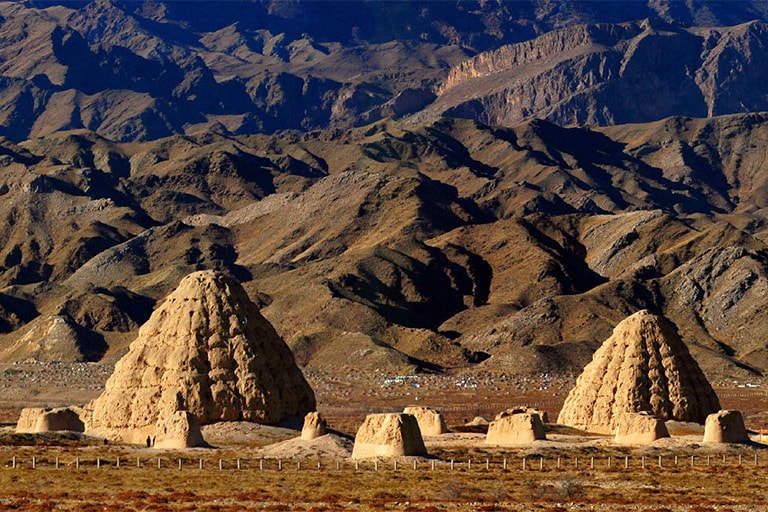
Xihoudu Ruins.
Opening Hours and Admission
- Hours: The site welcomes visitors daily from 8 AM to 6 PM.
- Ticket Price: Entrance to the Xihoudu site is 20 yuan (approximately $3 USD).
Getting There
Due to its remote location, accessing the Xihoudu Ruins requires some planning:
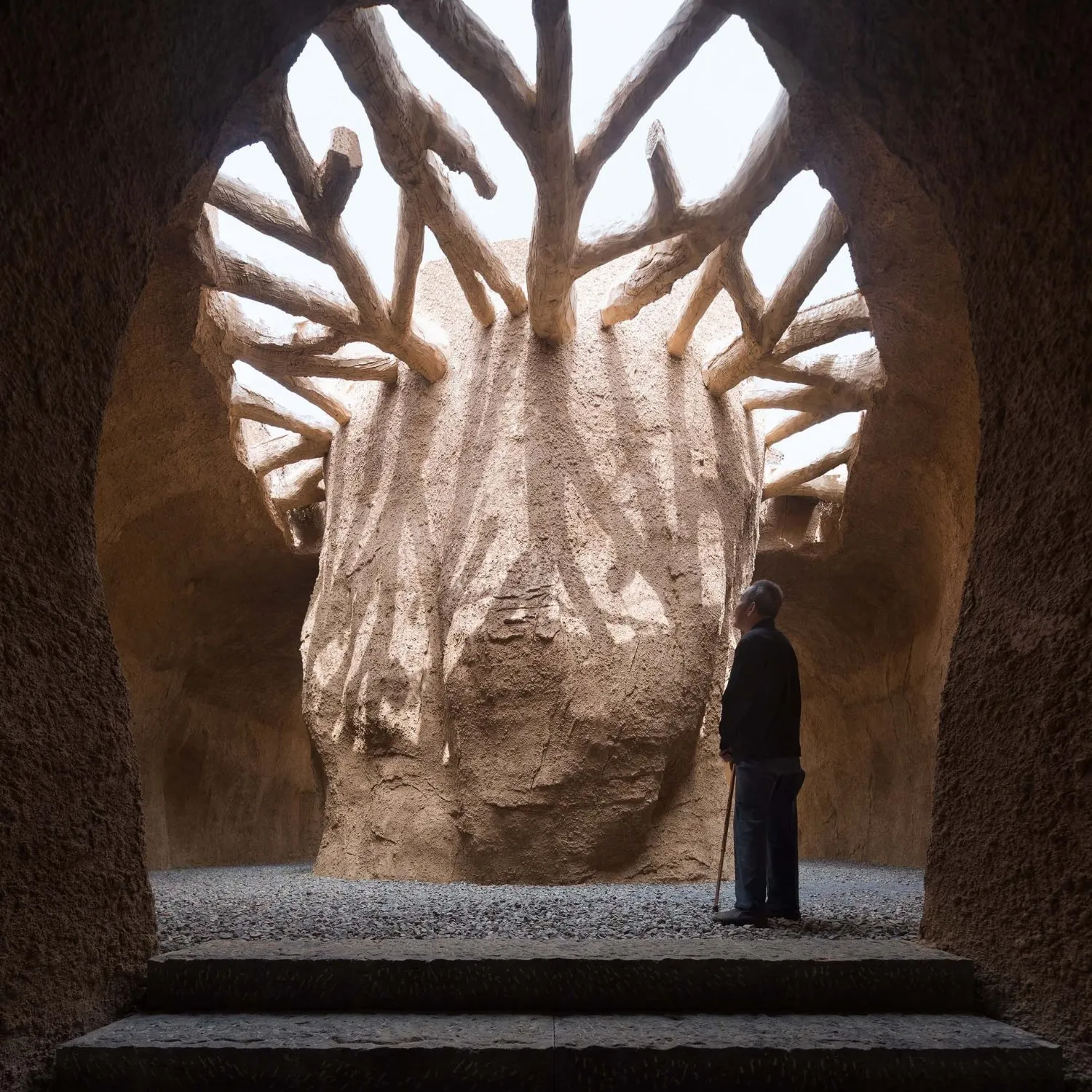
Xihoudu Ruins.
- From Xi’an: The most common route is to drive from Xi’an, which is about two hours away. The drive is scenic, taking you through the heart of Shanxi province.
- Public Transportation: Options are limited, making a rental car or private transport the most convenient choice. Ensure your navigation system is up-to-date, as most modern devices will mark the site near Xihoudu Village on the left bank of the Yellow River.
- Address: Holy Fire Lit Place, 042 Township Road near Xihoudu Village, Fenglingdu Town, Ruicheng County, Shanxi Province, China.
Where to Stay
While there are no hotels directly at Xihoudu, several options exist nearby:
- Huaxin International Hotel: Located about 27 miles away in Huayin, this 4-star hotel offers the closest high-quality accommodations to the site.
- Recommended Hotels in Xi’an: For those preferring to stay in the city, consider:
- Fairfield by Marriott Xi’an North Station
- Angsana Xi’an Lintong Hotel
You can easily book your stay through platforms like Agoda or Trip.com, both offering flexible cancellation policies.
What to Expect
The Museum
Begin your visit at the museum, which showcases the remarkable finds from the site, including:
- Exhibits: A 380-square-meter exhibition hall featuring replicas and original artifacts from the archaeological digs.
- Guided Tours: Engage with knowledgeable guides who can enrich your understanding of the prehistoric artifacts and the significance of the discoveries made here.
- Interactive Displays: Experience the use of multimedia and augmented reality to visualize life during prehistoric times.
The Archaeological Site
After exploring the museum, venture up to the hilltop terrace where the original excavations occurred:
- Holy Fire Lit Place: The site is marked by modern architecture, including viewing platforms and a cave-like exhibition hall designed to enhance your experience.
- Viewing Platforms: Take in breathtaking panoramic views of the Yellow River and surrounding mountains from the cantilevered platforms.
- Thematic Areas: Explore sections dedicated to the themes of “Discovery of Fire,” “Rite of Fire,” and “Conquest of Fire,” each offering unique perspectives on human development.
Additional Tips
- Best Time to Visit: Spring and autumn are ideal for pleasant weather, making your exploration more enjoyable.
- Photography: Don’t forget your camera; the landscapes and archaeological features provide excellent photo opportunities.
- Wear Comfortable Shoes: Expect to do some walking, particularly on the uphill trails.
Nearby Attractions
If time permits, consider visiting other significant prehistoric sites in the vicinity, such as:
- Gongwangling Site
- Chenjiawo Site (part of the Lantian Man Sites)
These locations offer further insights into ancient human history and are relatively close to the Xihoudu Ruins.
Conclusion
Visiting the Xihoudu Ruins promises an enriching experience that delves deep into the origins of human civilization. With proper planning, your journey to this historical site will be not only informative but also unforgettable. Prepare to be captivated by the stories of our ancestors as you walk through this prehistoric landmark!
Tickets: Prices, Booking, and Tips
Visiting the Xihoudu Ruins is a journey back to the dawn of human civilization, and planning your trip is crucial to fully appreciate this significant archaeological site. Here’s what you need to know about tickets, booking, and some helpful tips for your visit.
Entrance Fees
- Ticket Price: The entrance fee to the Xihoudu Site is 20 yuan (approximately $3 USD), making it an affordable outing for history enthusiasts and cultural travelers alike.
Opening Hours
- Daily Hours: The site is open from 8 AM to 6 PM, allowing ample time for exploration. It’s advisable to arrive early to avoid crowds and make the most of your visit.
Booking Information
- Advance Booking: While tickets can typically be purchased on-site, it is always wise to check if there are any special events or peak visiting days that might warrant advance booking. As of now, no online booking system is in place, so be prepared for a potential wait during busy times.
- Tour Guides: To enhance your experience, consider hiring a guide. Knowledgeable guides can provide deep insights into the archaeological discoveries and the significance of the site, which includes the world’s earliest evidence of human use of fire.
Getting There
- Transportation:
- By Car: The Xihoudu Site is located about two hours from Xi’an. Given the remote nature of the location, driving is highly recommended. Most navigation systems will direct you to Xihoudu Village, where the site is situated.
- Public Transport: Public transport options are limited, making a rental car or private transport the most convenient choice.
- Nearby Hotels: Consider staying at the Huaxin International Hotel in Huayin, which is around a 27-mile drive from the site. This hotel offers modern amenities and is the closest 4-star accommodation to the Xihoudu Ruins.
Tips for Visitors
- Time Your Visit: Early mornings or late afternoons can provide a more tranquil experience and better lighting for photography.
- Dress Appropriately: The site is situated on a hillside with some uneven terrain. Wear comfortable shoes and dress in layers, as temperatures can vary significantly throughout the day.
- Explore the Museum: Start your visit at the museum at the foot of the hill, where you can view replicas and original artifacts. Engaging with the multimedia displays will enrich your understanding of the prehistoric context.
- Plan for the Weather: The area can be quite remote, and weather conditions can change. Bring water, snacks, and sun protection, especially if you plan to hike up to the viewing platforms.
Conclusion
A visit to the Xihoudu Ruins offers a remarkable glimpse into humanity’s past. With reasonable ticket prices and an enriching experience awaiting, it’s a must-see for those interested in Chinese history and culture. Plan your trip carefully, and take the time to immerse yourself in the wonders that this ancient site has to offer.
How to Get There: A Complete Transportation Guide
Navigating Your Journey to the Xihoudu Ruins
Visiting the Xihoudu Ruins (西侯度遗址) is a remarkable journey into the depths of human history, located in the serene landscapes of Shanxi Province. While the site offers a profound glimpse into prehistoric civilization, reaching this archaeological wonder requires some planning, as public transportation options are limited. Here’s a comprehensive guide to help you get there seamlessly.
Getting to Xihoudu Ruins
1. Arriving in China:
– Air Travel: The nearest major airport is Xi’an Xianyang International Airport (XIY), which serves numerous domestic and international flights. From here, you can rent a car or use a taxi service to start your adventure.
2. Train Travel:
– If you prefer rail travel, several train stations in Xi’an offer convenient access:
– Xi’an Railway Station
– Xi’an North Railway Station
– Huashan Railway Station or Huashan North Railway Station
– High-speed trains connect Xi’an with major cities across China, making it easy to reach the capital of Shaanxi Province.
3. Road Transportation:
– By Car: Renting a car, or hiring a driver is the most convenient way to reach the Xihoudu Ruins. The site is approximately a two-hour drive from Xi’an, located about 170 meters above the Yellow River in Ruicheng County.
– Ensure your navigation system is updated; most modern GPS devices will mark the site near Xihoudu Village on the left bank of the Yellow River.
4. Recommended Route:
– From Xi’an, take the G5 Beijing-Kunming Expressway towards Yuncheng. Follow signs toward Ruicheng County, and then navigate to the 042 Township Road leading to the Holy Fire Lit Place, where the ruins are located.
Local Transportation Options
Once you arrive in Ruicheng County, local transport options are sparse. Here are some suggestions:
- Taxi Services: Taxis are available in the area, but it’s advisable to arrange for one in advance, especially for your return trip.
- Hotel Transfers: Many hotels can organize shuttle services to the site, so inquire about this option when booking your accommodation.
Recommended Accommodation
Staying close to the Xihoudu Ruins will enhance your experience. Here are a couple of recommended hotels:
- Huaxin International Hotel: Located about 27 miles from the site, this 4-star hotel in Huayin offers comfortable amenities and is only a one-hour drive away.
- Fairfield by Marriott Xi’an North Station: Situated in the city center, this option allows for a convenient base before your day trip to the ruins.
Visiting the Xihoudu Ruins
- Opening Hours: The site is open to visitors from 8 AM to 6 PM.
- Entrance Fee: A modest fee of 20 yuan grants you access to the site and its museum, where you can delve deeper into the history of human civilization.
Final Tips
- Plan Ahead: Given the site’s remote location, it’s wise to plan your visit well in advance. Check the latest travel conditions and open hours.
- Consider a Guide: Hiring a local guide can enrich your understanding of the site’s significance and the archaeological findings.
- Stay Hydrated: Bring water and snacks, as amenities may be limited at the site.
Embarking on your journey to the Xihoudu Ruins not only promises a deeper appreciation of China’s prehistoric legacy but also offers an opportunity to explore the breathtaking landscapes of Shanxi Province. Safe travels!
Local Cuisine and Accommodation Nearby
Culinary Delights and Comfortable Stays Near Xihoudu Ruins
Visiting the Xihoudu Ruins offers not just a glimpse into the dawn of human civilization but also an opportunity to indulge in the rich culinary traditions of Shanxi Province. After immersing yourself in the ancient history of this remarkable site, you’ll want to savor the local flavors while enjoying convenient accommodations nearby.
Local Cuisine
1. Shanxi Noodle Dishes
Shanxi is renowned for its diverse noodle offerings, particularly Dao Xiao Mian (刀削面), a type of hand-sliced noodle that is soft, chewy, and typically served in a savory broth or stir-fried with vegetables and meats. Be sure to try Chao Mian (炒面) for a deliciously crispy variation.
2. Jin Jiao (晋饺)
These traditional dumplings, filled with a variety of meats and vegetables, are a must-try. Whether boiled, steamed, or pan-fried, they are a flavorful representation of Shanxi’s culinary heritage.
3. Vinegar
Shanxi is famous for its aged vinegar, which adds a unique tang to many dishes. A visit to a local restaurant would offer the chance to sample dishes enhanced with this regional specialty, making your meal even more memorable.
4. Local Snacks
Don’t miss out on Pingyao Beef (平遥牛肉), a famous cured meat that is both tender and flavorful, as well as Shanxi Sweet and Sour Rice (山西糖醋米), a delightful combination of sweet and savory flavors that reflect the province’s culinary diversity.
Dining Spots
-
Xihoudu Village Restaurant: Located just a stone’s throw from the ruins, this humble eatery offers authentic Shanxi dishes at reasonable prices. The friendly staff and cozy atmosphere make it a perfect spot to recharge after exploring the site.
-
Ruicheng County Dining Hall: A bit more upscale, this restaurant specializes in local delicacies, including an extensive selection of noodle dishes and dumplings. The ambiance is inviting, making it a great place to unwind.
Recommended Accommodations
For a restful night after a day of exploration, consider these comfortable hotels that are conveniently located near the Xihoudu Ruins:
1. Huaxin International Hotel
– Location: Approximately 27 miles (about a one-hour drive) from Xihoudu.
– Features: This 4-star hotel boasts modern amenities, spacious rooms, and a restaurant serving both Western and Chinese cuisine. Its proximity to the Holy Fire Lit Place makes it an ideal base for your adventure.
2. Fairfield by Marriott Xi’an North Station
– Location: Situated in the city of Xi’an, about two hours from the ruins.
– Features: Known for its excellent service and comfortable accommodations, this hotel offers a complimentary breakfast and easy access to public transportation, making it a good choice for those wishing to explore further.
3. Angsana Xi’an Lintong Hotel
– Location: Located east of Xi’an, this hotel is a luxurious option for travelers.
– Features: With stunning views of the surrounding mountains, the hotel features a spa, multiple dining options, and beautifully appointed rooms, perfect for unwinding after a day of cultural exploration.
Conclusion
Whether you are delighting in the flavors of Shanxi or resting at a nearby hotel, your visit to the Xihoudu Ruins will be an enriching experience steeped in history and culture. Allow yourself to savor both the past and present as you journey through this remarkable region of China.
Frequently Asked Questions
Frequently Asked Questions about Xihoudu Ruins
-
What are the Xihoudu Ruins?
The Xihoudu Ruins, located in Ruicheng County, Shanxi Province, are a significant prehistoric archaeological site known for being one of the earliest locations where evidence of human fire usage has been found, dating back over 2 million years. The site also features primitive stone tools, making it a vital study point for understanding early human civilization. -
How do I get to the Xihoudu Ruins?
The best way to reach the Xihoudu Ruins is by car, as public transportation options are limited. It is approximately a two-hour drive from Xi’an, which is the nearest major city. Most navigation systems will guide you to Xihoudu Village, located near the site. -
What are the opening hours and entrance fees?
The Xihoudu site is open daily from 8 AM to 6 PM. The entrance fee is 20 yuan, which grants access to the site and its museum. -
Is there a museum at the site?
Yes, there is a museum built in 2013 at the foot of the terraced hill where significant archaeological discoveries were made. It features exhibits that showcase replicas and original artifacts discovered during excavations, along with modern multimedia displays to enhance visitor understanding. -
Are guided tours available?
Guided tours are highly recommended for visitors, especially those unfamiliar with prehistoric life. The museum offers specially trained guides who can provide valuable insights into the findings and their significance. -
What should I wear or bring when visiting the site?
Given the site’s outdoor nature, wear comfortable walking shoes and dress appropriately for the weather. It is advisable to bring water, sunscreen, and a camera to capture the beautiful views from the hilltop. -
What can I expect to see at the Xihoudu Ruins?
Visitors can explore the terraced hill where archaeological artifacts were discovered, including viewing platforms that offer panoramic views of the Yellow River and surrounding landscape. Additionally, the museum displays significant finds, including ancient stone tools and animal fossils. -
Are there accommodations nearby?
Yes, there are hotels in the vicinity, with the Huaxin International Hotel being the closest 4-star option. It is approximately a one-hour drive from the Xihoudu Ruins, making it a convenient place to stay for visitors planning to explore the site.
Final Thoughts on Your Trip
As your journey to the remarkable Xihoudu Ruins draws to a close, reflect on the profound connection you’ve forged with the cradle of human civilization. This site is not merely a collection of ancient artifacts; it is a testament to the resilience and ingenuity of our ancestors who learned to harness fire, transforming the very fabric of existence.
A Journey Through Time
Visiting Xihoudu is akin to stepping back millions of years into the heart of prehistory. The evidence of early human life, from the scorched animal bones to the primitive tools, paints a vivid picture of a time when survival hinged on innovation and adaptability. Here, you stand on the very ground where humanity’s relationship with fire began—a moment that reshaped our destiny.
Unforgettable Experiences
While exploring the site, take a moment to appreciate the stunning views that surround you. The unique architecture of the exhibition hall, designed to mimic a cave, serves as a poignant reminder of the primal shelters that once safeguarded our ancestors. The panoramic vistas from the viewing platforms invite contemplation, allowing you to ponder the vast landscapes that shaped human history.
Practical Considerations
As you plan your visit, remember that this hidden gem in Shanxi Province may require some effort to reach, but the rewards are immeasurable. Whether you travel from Xi’an or stay in nearby accommodations, the experience of standing where humanity first learned to wield fire will leave an indelible mark on your soul.
Final Reflections
The Xihoudu Ruins are not just about the past; they remind us of our potential for growth and transformation. As you depart from this historical site, carry with you the spirit of discovery and the knowledge that you have walked in the footsteps of our early ancestors. May this inspiration guide you on your future travels, igniting a passion for understanding the rich tapestry of human history and culture. Safe travels!